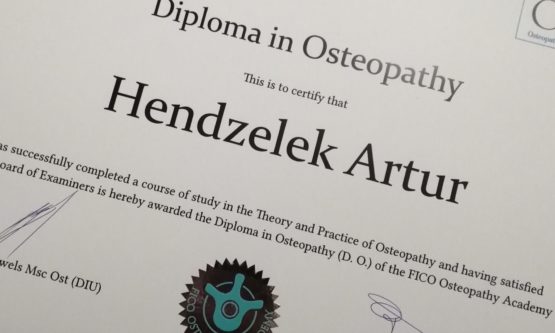11 December 2020
11 December 2020
Osteopathic medicine is a recognized diagnostic and treatment technique. To become an osteopath in Poland, one must first obtain the title of a medical doctor or master’s degree in physiotherapy. Such advanced education is necessary because a specialist in this field must have a broad view of disorders of the human body. With the knowledge of anatomy, physiology and biomechanics, the osteopath assesses the influence of physical and mental factors (increased, chronic stress) on the development of ailments. The basis of osteopathy is the thesis that diseases and ailments are reflected in the musculoskeletal system, because all tissues and organs are interconnected. The osteopath manually releases the accumulated tensions in the patient’s body, hence balancing the disturbed homeostasis of the body.
In general, osteopathy techniques are divided into:
In addition to ailments such as back pain, osteopathy also deals with a wide variety of problems. These include sports injuries, headaches, migraines, tinnitus, soft tissue overload, posture defects, degenerative changes and internal organ dysfunction. In addition to the ability to precisely determine the connection between individual tissues of the body, the osteopath also has extensive general medical knowledge, allowing the detection of pathologies that do not qualify for manual treatment. In such cases, the osteopath will refer the patient to the appropriate specialist. How is osteopathy different from manual therapy? Manual therapy is one of the most effective methods used in orthopedic rehabilitation. As the name suggests – it means the work of the physiotherapist’s hands on the patient’s body, which affects the muscles, tendons and joints. In the case of osteopathy, the therapist’s hands affect not only the musculoskeletal system – as in the case of manual therapy, but also the nervous, visceral, blood, lymphatic and respiratory systems.

Artur Hendzelek, PT, who graduated from the Flanders International College of Osteopathy, is a certified osteopath at the Carolina Medical Center. He completed a 5-year training course, 1600 hours of practical classes, 89 passed exams as well as wrote and defended a thesis. Congratulations to Artur and we invite patients to try osteopathy therapy!